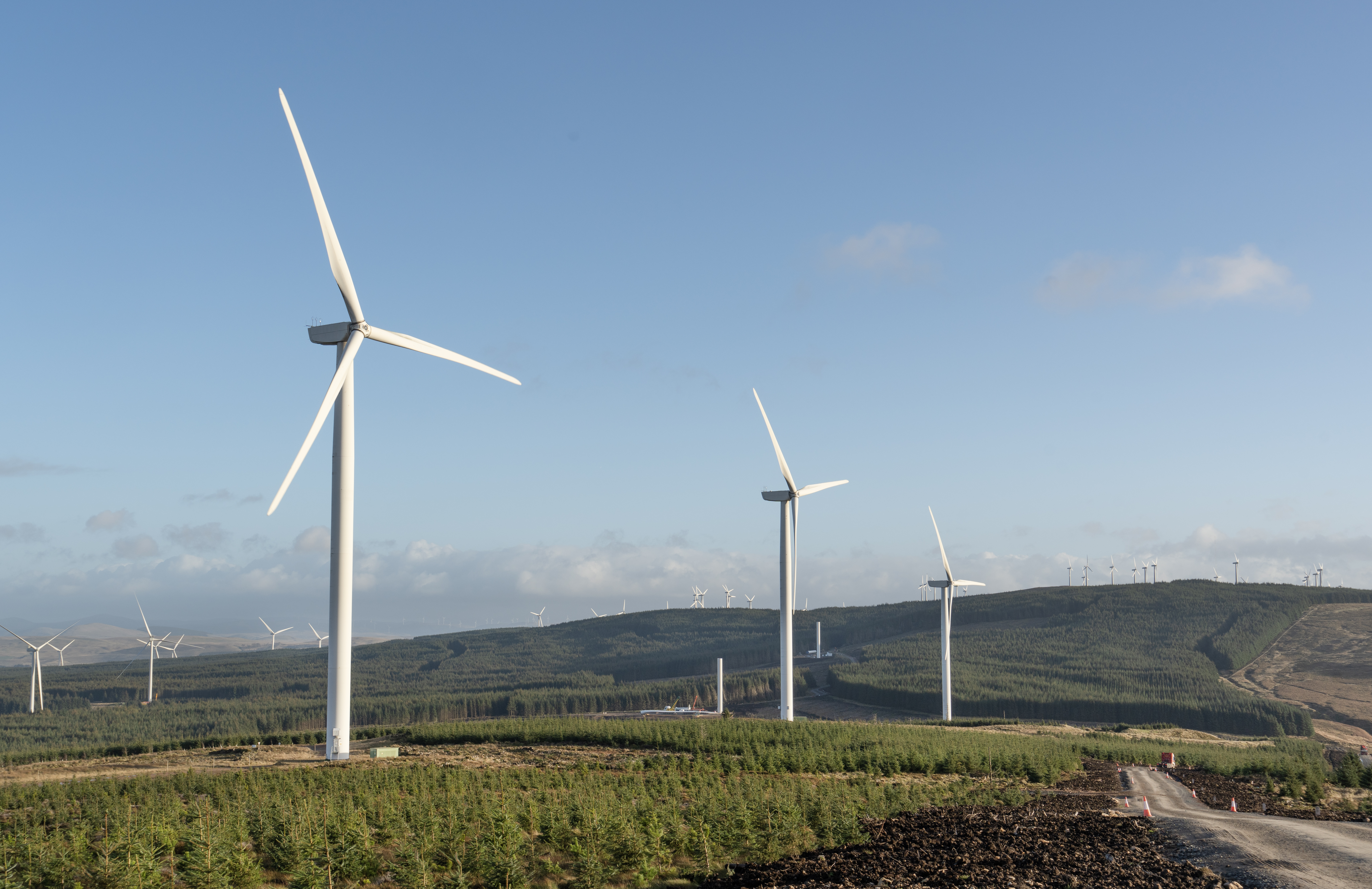The UK’s electricity networks: are they up to the challenge of NetZero?
In this guest article, Roadnight Taylor's CEO, Hugh Taylor, talks us through how electricity networks hold the key to the UK fulfilling its net zero ambitions.

What are the strengths of the UK’s electricity networks, with regards the UK fulfilling its net zero ambitions?
When it comes to the efficient and timely deployment of low carbon technologies, in many ways the nature of the UK’s electricity grid represents a significant advantage.
Firstly, it has been designed to technical standards that deliver a level of resilience that other countries don’t enjoy. This provides a fantastic foundation upon which to build – and this is reflected in the attractiveness of the UK to renewables investors.
Secondly, our network operators lead the world – hands down – in delivering innovation projects. Globally, the two solutions delivering the greatest step-change in the volumes of clean generation and demand connecting to the grid – active network management and flexibility services – were pioneered here.
Thirdly, these utilities are staffed by relatively well-qualified engineers.
And what about the weaknesses?
Perversely, for property players seeking to participate in utility-scale renewables, arguably the greatest sources of opportunity hide in the weaknesses and the threats that the networks face.
Clues can be found in the startling fact that the developer community, as a whole, achieves a distribution network connection application success rate – at high and extra-high voltage – as low as fifteen percent, and significantly lower on most networks.
Most developers would agree that, whilst the network operators do have some skilled and experienced engineers, there are all too few of them. Further, the spiralling workload that this finite resource is under is such that even the best of these individuals is unable to do as thorough a job for their connections customer as they would wish. Added to this is the harsh reality that, as stands to reason, the average DNO network engineer is average in his or her capabilities – and neither do they all have the inclination to exhaust every option in seeking a viable connection solution.
Viewed through the lens of this reality, it becomes clear that a competitive advantage may be found in supplementing the proficiency and enthusiasm of whichever DNO engineer is responsible for the network upon which a development site sits – identifying and designing your own connection opportunities and solutions.
Given there is a direct correlation between the level of expertise that you point at the connections Rubik’s cube and your chances of solving it, there is also a strong argument for employing a high level of third-party technical, commercial and regulatory grid understanding – and that this resource should be wielded in a way that is welcomed by the network operator’s engineer (ie softly). Roadnight Taylor, for example, achieves a connection application success rate of around 80%, beating the market by a factor of five.
Unsurprisingly, developers’ demand for in-house network engineers is sucking resource out of network operators’ design teams, at the same time as workloads are pushing them away. This is exacerbating the situation, and lulling developers into a false sense of security, given the average level of talent that that they are able to attract. Reliance on a developer to crack the grid code for you is, therefore, as much of a gamble as is expecting a network operator to do so.
And what about threats?
The most pressing threat that the DNO’s are facing – and this is, admittedly, a double edged sword – is the Significant Code Review (SCR). The SCR, which comes into force on 01 April 2023, is on the surface reducing some grid connection charges for some generators and removing reinforcement charges for demand connections. Whether a developer, investor or owner of an existing or proposed energy scheme, or a commercial, industrial, housing or datacentre developer or investor, the changes will bring significant implications. An overview of SCR, and the risks and opportunities it represents, can be found here on Roadnight Taylor’s website, and a podcast here.
The challenge that SCR represents for the DNOs (transmission operators are not directly impacted) is that they will be inundated with applications on 01 April. In their own words (all of them) they are anticipating a ‘tidal-wave’ of applications. This in itself poses a conundrum for developers: they must now attempt to weigh up, on a site-by-site basis, whether they will have a higher likelihood of success in applying early (under the current connection charging regime) or they will be better served by waiting and joining the pandemonium of the new regime. Under the new charging regime, many projects will likely suffer significant interim curtailment (of import and/or export capacity) – and many will also suffer breathtakingly-long connection timeframes. It is worth noting that connection timeframes stated in most connection offers in most parts of the country now range from 2028 to 2036 – and that is for schemes connecting at transmission-level as well as distribution.
And, briefly, how do you see the renewables landscape evolving?
With the demand for viable renewables sites following the rise in energy prices, the future of the site acquisition market looks to remain strong for generation. The storage market has been characterised, of late, by high volumes of 500MW+ transmission applications hitting National Grid ESO (as well as some 200MW+ schemes looking to connect at distribution), and some will be concerned by the potential for market saturation. Demand, from our clients, for green hydrogen sites is growing, and this looks to be another very deep and exciting market to be in.

Hugh Taylor is the CEO at Roadnight Taylor, and has been in the energy sector for over eight years. Hugh sits on expert panels for all six of the UK’s Distribution Network Operators (DNOs) giving him first-hand knowledge and understanding of their procedures and ongoing strategies. He also has a deep understanding of National Grid’s Capacity Market and its various balancing markets. Hugh is a regular consultee to BEIS and Ofgem, as well as a popular speaker at industry events.
Natural Capital and Renewable Energy Investment Conference 2022

Get in touch with our Energy & Renewables team
Our Sustainability capabilities
Natural Capital & Sustainable Investment
Sustainable Buildings & Places
Renewable Energy
Stay in the loop
Sign up to receive personalised property alerts, and to hear the latest news, insight and advice from our experts
Keep me informed
